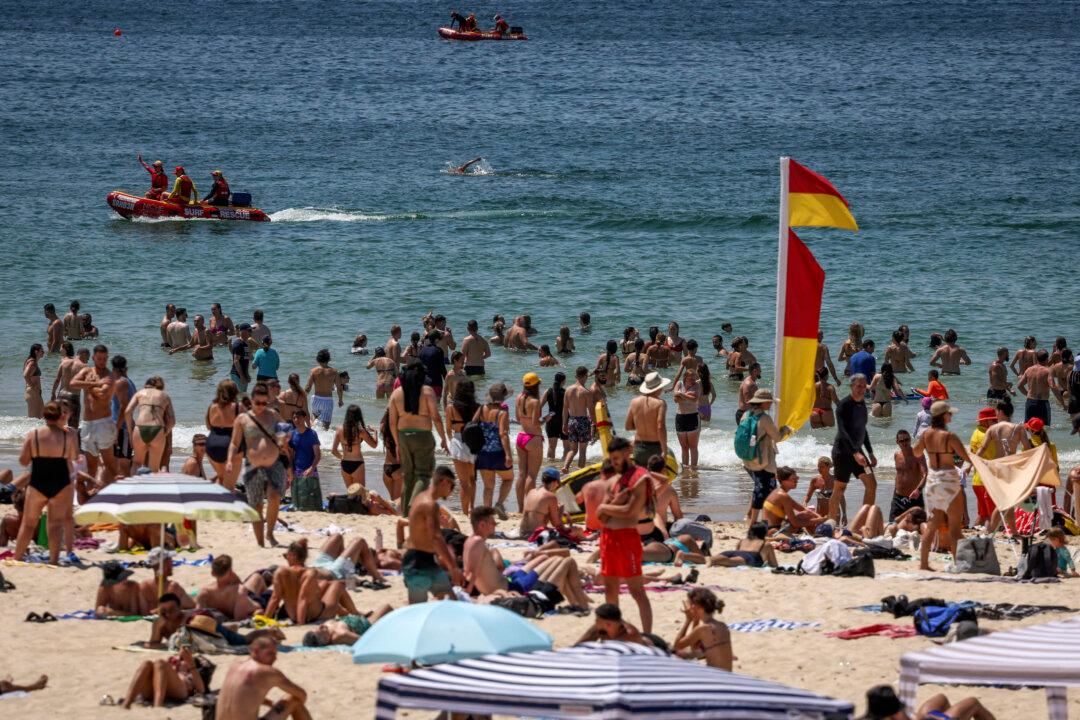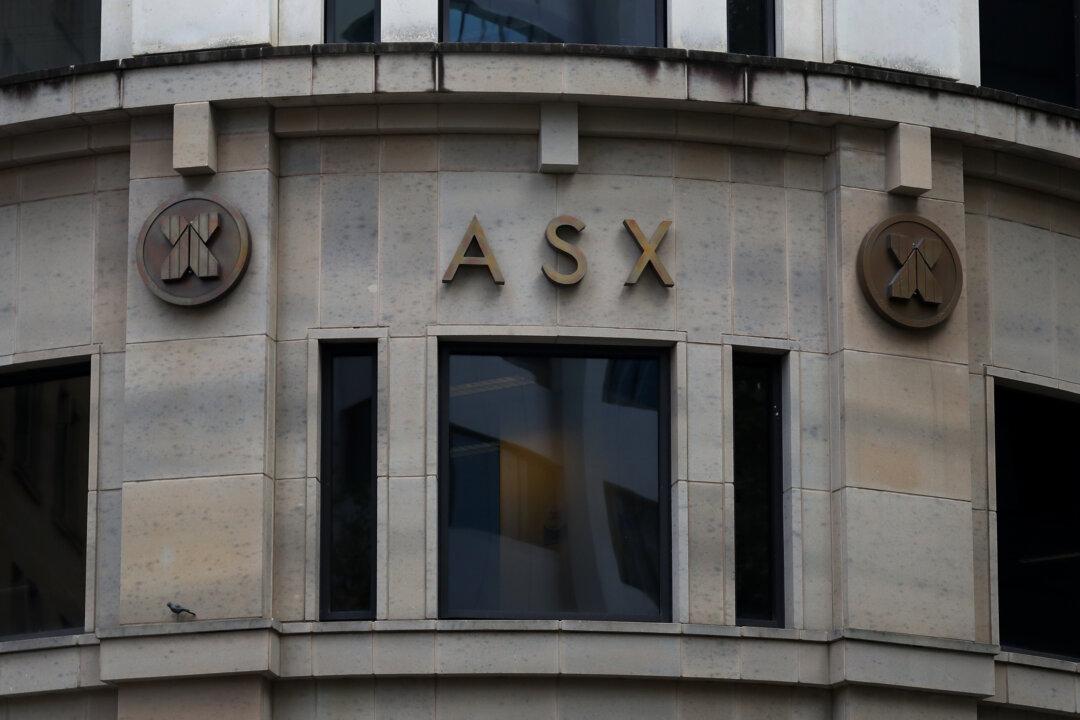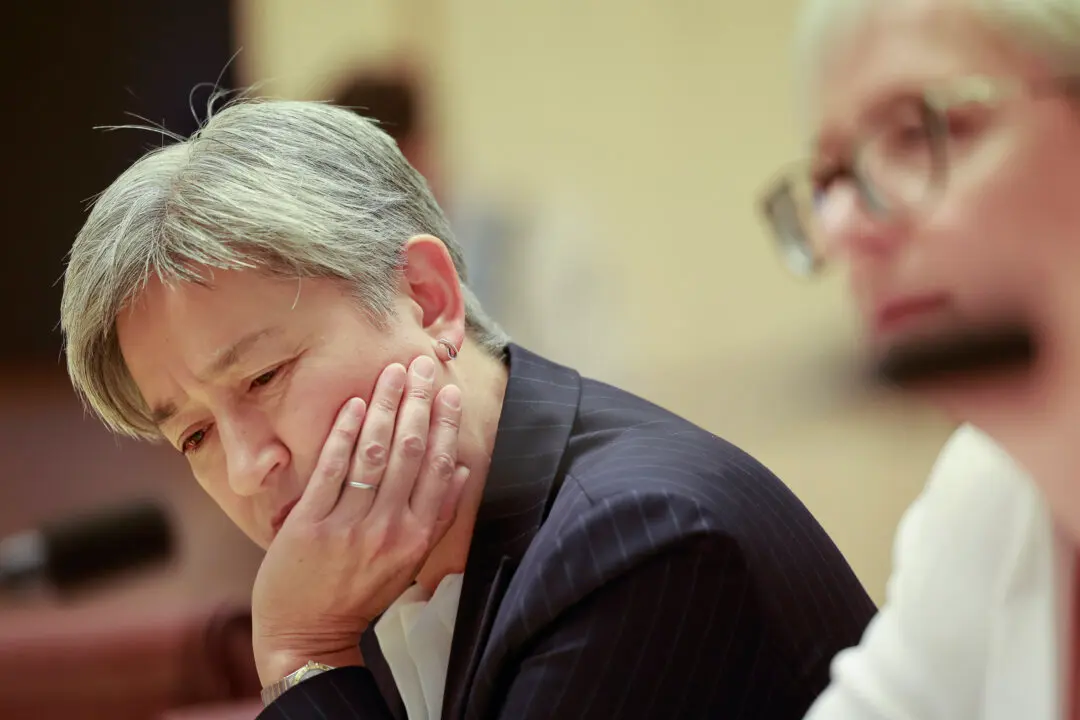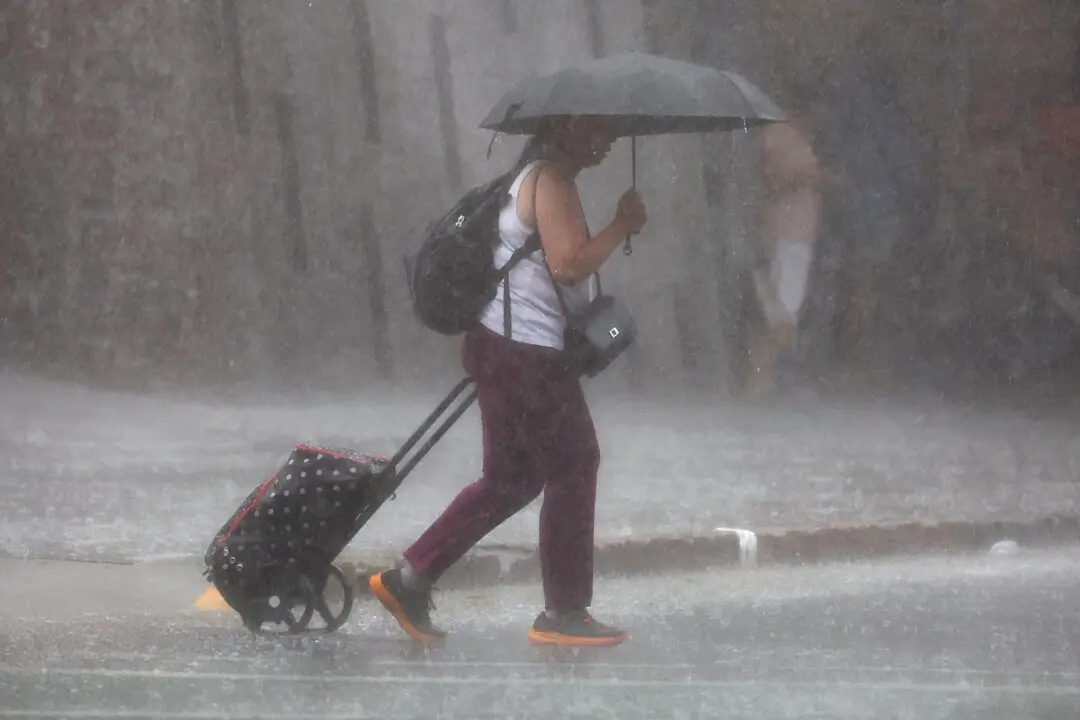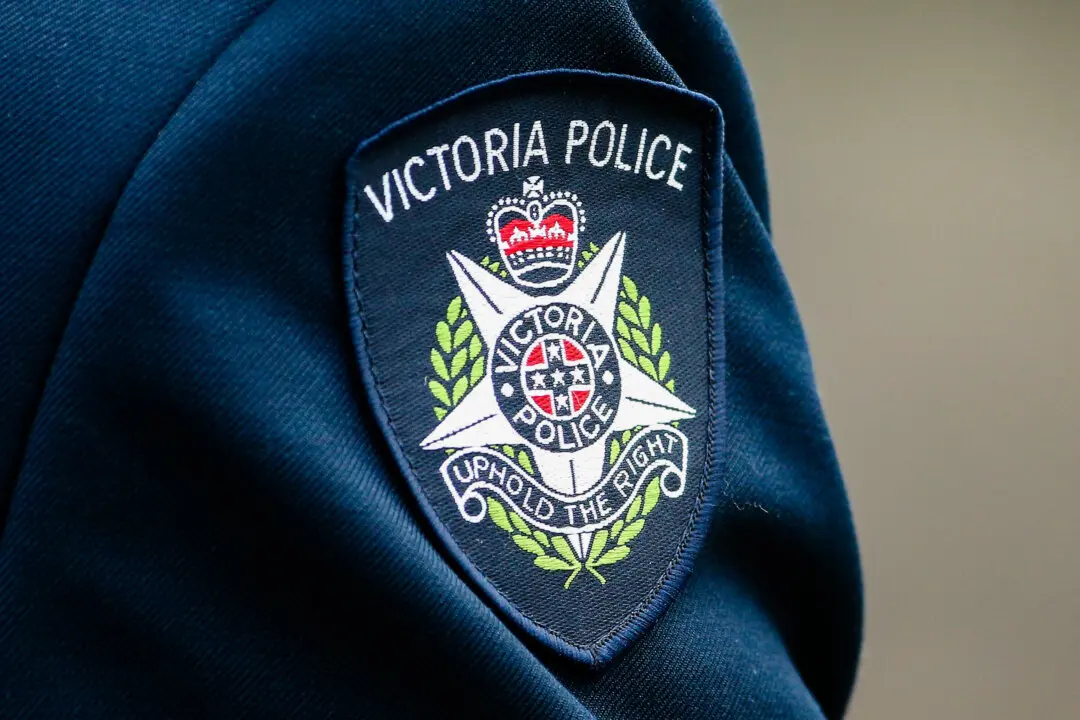Residents in four states are experiencing stifling conditions, with soaring temperatures over a long weekend in many parts of the country.
South Australia, Victoria, New South Wales (NSW) and Tasmania are set to experience stifling conditions from March 9 to March 11.
